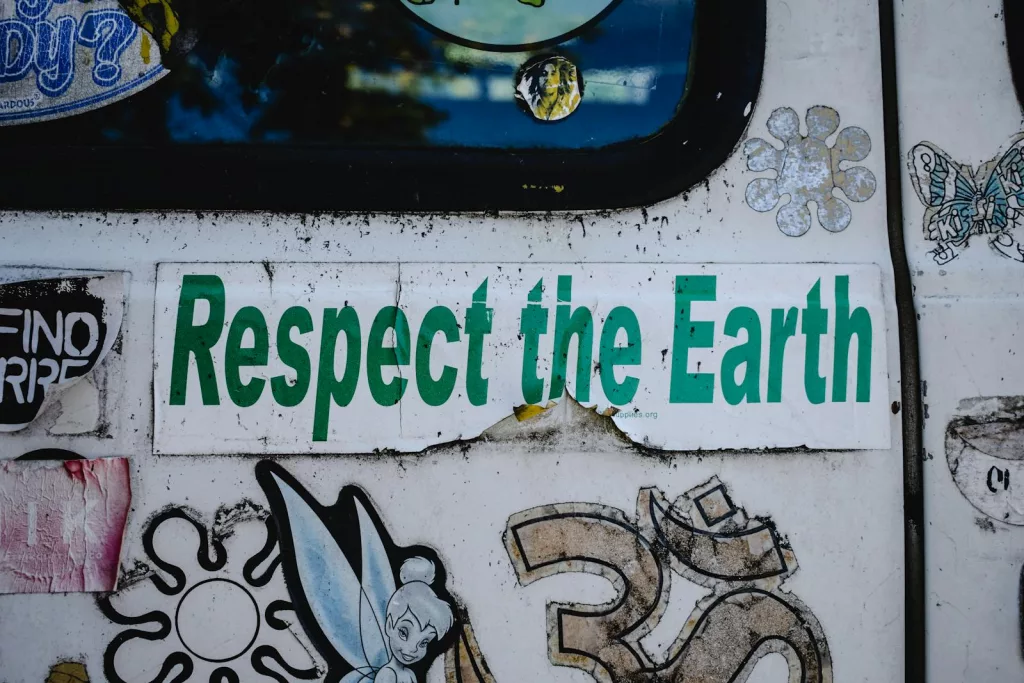Group travel is becoming increasingly popular across the UK, drawing crowds eager to explore landscapes from the rolling hills of the Lake District to the rugged coasts of Cornwall. But, while these journeys often create unforgettable memories, they also leave behind a less desirable mark—on the environment. The environmental cost of group travel is significant, encompassing everything from increased carbon emissions to the disruption of local wildlife habitats. In this age of environmental awareness, it’s crucial to recognise these impacts and seek ways to mitigate them.
In this article, we’ll delve deeper into the environmental implications of group travel, understand exactly how it is making a difference, and explore ways in which every traveller can contribute to a healthier planet.
Understanding the Environmental Impact of Group Travel
Group travel can seem like an eco-friendly option at first glance—after all, sharing transportation should theoretically reduce the number of vehicles on the road. However, the reality is more complex. While there are indeed efficiencies gained by pooling travellers together, the type of transport used, the volume of travellers, and the nature of the destinations all play significant roles in determining the actual environmental impact.
Firstly, consider the carbon emissions associated with various modes of transport. Coaches and minibuses, popular choices for group travel, are indeed more carbon-efficient per passenger kilometre than cars when fully utilised. However, if these vehicles are not filled to capacity or are used for extensive road trips across long distances, the per person environmental benefits can diminish. Additionally, the frequent idling and stop-start nature of tourist travel can increase fuel consumption beyond the levels seen in regular driving conditions.
Beyond carbon emissions, there’s the impact on local ecosystems. Popular tourist spots often suffer from the effects of over-tourism, which can lead to soil erosion, habitat disruption, and increased pollution from litter and waste. These areas struggle to cope with the sudden influx of visitors, especially in sensitive environments like coastal areas, national parks, and historical sites. The presence of large groups can accelerate the wear and tear on these landscapes, sometimes causing long-term damage.
Moreover, the infrastructure needed to support group travel—such as hotels, restaurants, and visitor centres—also contributes to the environmental footprint. These facilities often consume large amounts of energy and water, and they generate significant waste, from food to single-use products.
This paints a picture of the various ways in which group travel can impact the environment. However, it’s not all doom and gloom. In the next section, we’ll explore how we can address these challenges head-on and implement strategies that not only mitigate these impacts but also promote sustainable practices within the travel industry.
How We Can Make a Difference
Every minibus or coach hire company needs to stand out in the travel industry by actively reducing the environmental impacts associated with group travel. Their commitment to sustainability should be evident in every aspect of their operations, from the vehicles they choose to the practices they promote amongst travellers.
One of the key strategies to employ is the use of fuel-efficient vehicles. Recognising that transport is a major contributor to carbon emissions, a company needs to invest in modern coaches and minibuses that meet the highest standards of fuel efficiency. These vehicles are regularly maintained to ensure they operate at optimum efficiency, reducing unnecessary emissions. Furthermore, another idea is to experiment with hybrid and electric vehicles in their fleet, aiming to lead the way in green transportation within the travel sector.
In addition to their fleet choices, companies should also engage in carbon offsetting initiatives. For every trip organised, they should calculate the carbon emissions and invest in projects that reduce carbon by an equivalent amount. These projects range from reforestation efforts to investing in renewable energy sources, ensuring that each journey contributes positively to the environment.
A company’s commitment should extend beyond their vehicles and into their travel practices. Companies should encourage groups to visit less frequented destinations, helping to alleviate the pressure on over-touristed spots and distribute tourist benefits more evenly. They should also educate travellers on best practices for minimising their environmental footprint, such as respecting local wildlife, staying on designated paths, and reducing waste by using reusable items.
Moreover, companies should partner with accommodations and attractions that are committed to sustainable practices, ensuring that their business supports eco-friendly enterprises. This holistic approach not only enhances the sustainability of their tours but also promotes a broader culture of environmental responsibility among their clients and partners.
By integrating these practices, companies not only mitigates the negative impacts of travel but actively contributes to environmental conservation and sustainability. This proactive stance sets a benchmark for others in the industry, illustrating that responsible travel is not only possible but beneficial for all stakeholders.


